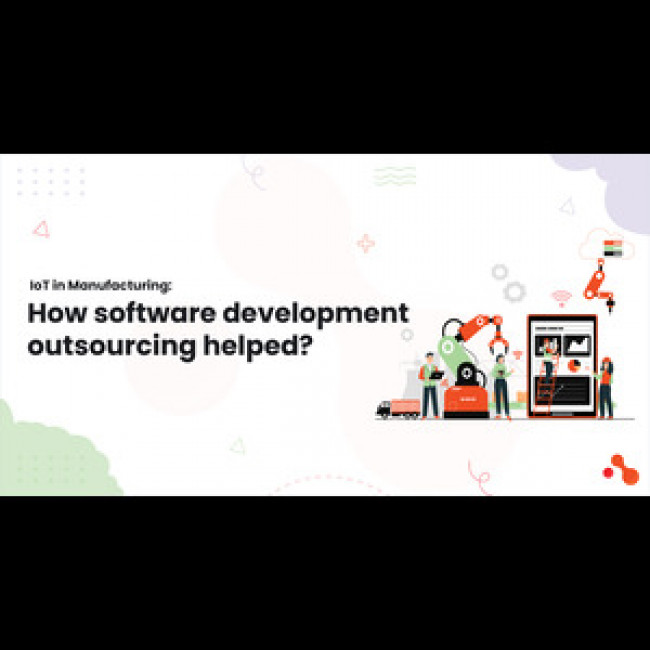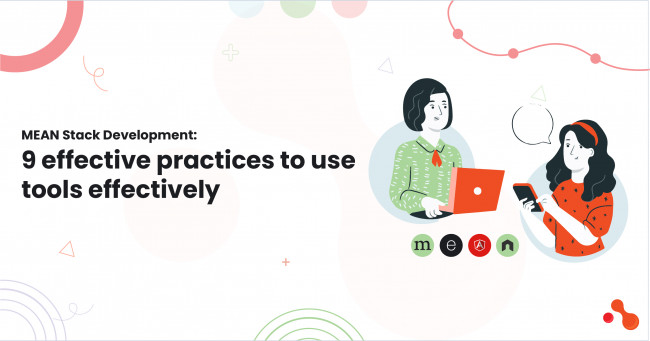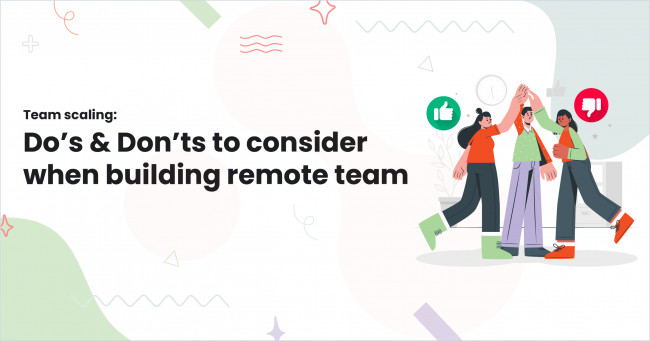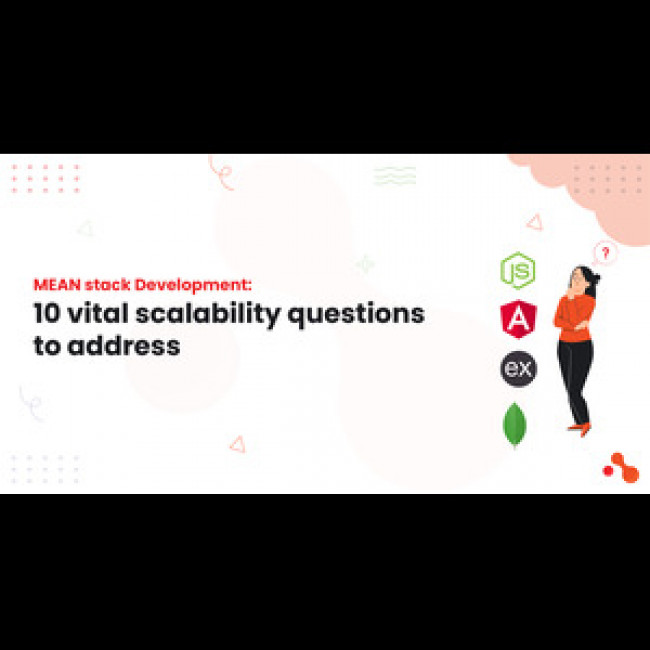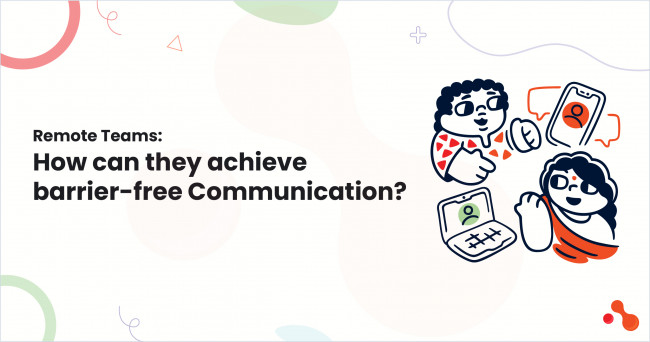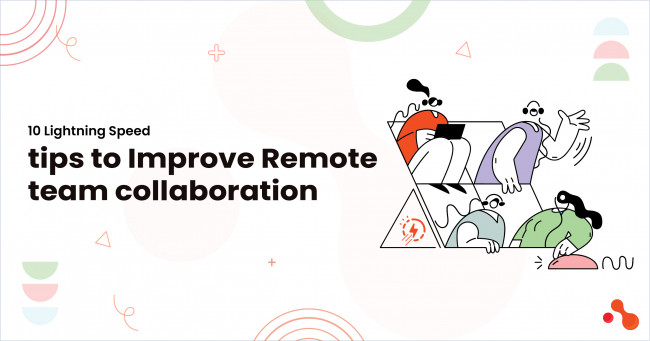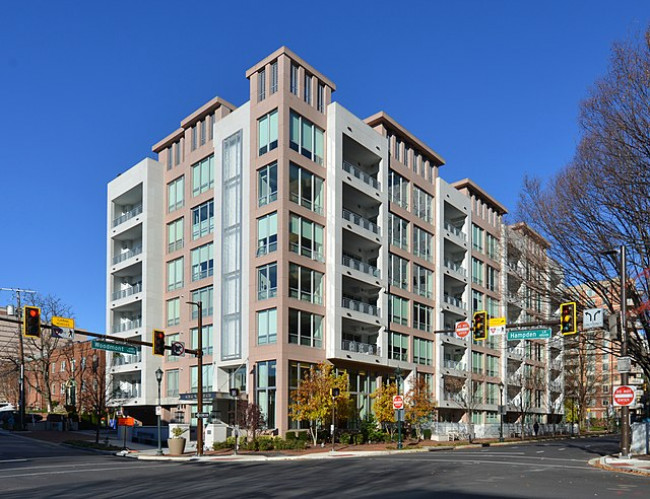Introduction
In the growing digital age, mobile applications have become useful for businesses to connect and interact with their customers as well as enhancing their services. Grocery delivery applications in particular, have made a significant growth in its popularity which is driven by convenience they offer to the consumers and the operational efficiencies they provide to the businesses.
Due to the increase in demand of online grocery shopping, grocery stores across the industry and world are choosing to have a dedicated app developed for their businesses to stay competitive and meet the customer expectations.
But, the question is how to build an efficient app that not only helps businesses grow, but also helps them in building a long term relationship with their customers by achieving customer satisfaction.
There are a few questions that, if answered, can help you understand the best and most effective ways to build an on-demand Grocery delivery app. Let’s get the answers to a few of the questions.
Grocery Delivery App: How to build one effectively
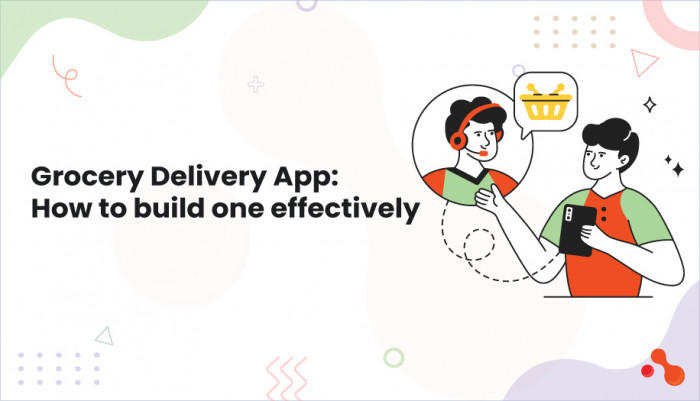
Why is having an app important? What benefits does it bring (to both the company and the customer)?
Numerous advantages are provided by a specialized app to the business and its clients. It improves consumer interaction, simplifies processes, and offers insightful data to the business. Customers may order groceries from the comfort of their homes, and it provides convenience and a customized shopping experience.
Let’s understand a few of them in brief here:
Benefits to the Business
- Increased Reach & Accessibility: An app allows organizations to reach directly to their mobile phones, thus increasing accessibility and engagement.
- An enhanced Customer Loyalty: Having an app can enable personalized experience and loyalty programs which will encourage repeat business and help in building a stronger customer relationship.
- Data Collection: Business enterprises can collect valuable data on customer preferences and behaviors, thus allowing for targeted marketing and an improved product offering.
- Competitive advantage: Having a dedicated app can set a company apart from its competitors who might fail to offer the same amount of convenience and features.
- Improved Sales: An app can facilitate seamless shopping experiences, thus leading to a higher conversion rate and an increased sales.
Moving ahead, let us understand the benefits of an app to the customers
Benefits to the Customers
- Convenience: Having an app can allow customers to shop anytime, anywhere, without having any need to visit a physical store.
- Personalization: An app can enable personalized recommendations and offers based on the preferences of users and past purchases.
- Speed: An app usually offers a faster loading time and a smoother user experience as compared to the mobile websites.
- Exclusive offers: A customer might receive app-exclusive deals, discounts, and a loyalty reward.
- Enhanced features: Features like push notifications, order tracking and an easy reordering improves the overall shopping experience.
What are different options for Building an App?
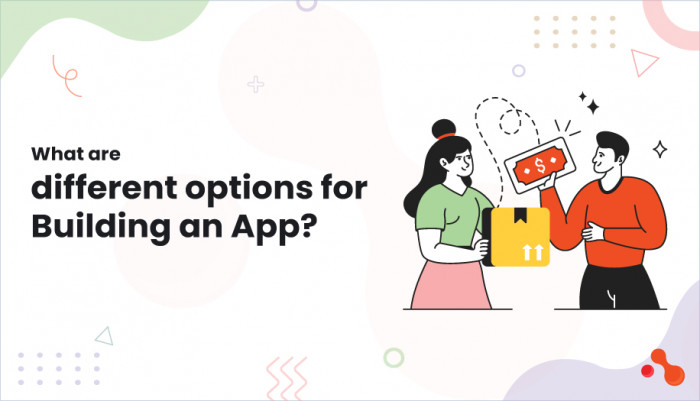
There are two options available when you’re building an app, both of them are explained below with its downsides, benefits and cost differences.
DIY (Do It Yourself)
Benefits
Cost Savings: When you are building an app by yourself it allows you to achieve cost savings on development costs, if you have the necessary skills and resources.
Full control: You possess a full-fledged control over the development process and the final product.
Learning experience: Developing an app by yourself can prove to be a learning experience.
Downsides
Time Consuming: Developing an app by yourself can prove to be a time consuming process, especially if you’re learning while you go.
Quality Concerns: Without any professional experience, the app might lack polish, functionality, or a security feature.
Maintenance: Maintaining an app by ensuring frequent and timely updates can be challenging and time-consuming.
Cost
DIY development costs can range even a few hundreds or a few thousand dollars, based on the tools and resources being used.
Now, let us understand the second option, “hiring a professional”
Hiring a professional
Benefits
Expertise: By hiring professional developers, an organization can benefit by the experience and expertise brought by them, ensuring a high-quality product.
Time Savings: By hiring a professional app developer you can save time by getting the app developed from an outsourcing partner. Doing this allows you to earn a full-fledged control over the development process and the final product.
Ongoing support: Professional developers often provide ongoing support and maintenance.
Downsides
Higher Costs: Hiring professionals is usually more expensive than any DIY development
Dependence: You might become dependent on the developer or the development company for meeting any future updates and maintenance.
Cost
Hire remote developers which can range from $10,000 to $150,000 or more, depending on the complexity of the app and the rates of the developers.
Now, let us jump on the third question, i.e. “What are the key features of a Grocery Delivery App”
What are the key features of a Grocery Delivery App
There are a number of features that a grocery delivery app would possess, few of them are mentioned below:
- User Registration and Login: Secure a user authentication with varied options for social media login.
- Product Catalog: A grocery delivery app provides a feature of a comprehensive catalog of products with search and filter options.
- Shopping cart: A functionality which is used for users to add, remove and edit items in their cart.
- Checkout Process: A seamless checkout process with multiple payment options
- Order tracking: A real time tracking of orders from placement to delivery.
- User profile: Managing user information, address and payment methods.
- Push Notifications: Alerts for order updates, promotions and personalized offers.
- Loyalty Programs and discounts: Integration of rewards programs, discounts, and coupon code.
- Customer reviews and ratings: It gives an ability to users to rate and review products and services.
- Admin Panel: Backend management for product listings, order management and customer support.
- Inventory management: Real-time updates for the availability of product
- Delivery scheduling: Options for user to choose the delivery time and date
- Customer Support: In-app support via chat, email, or phone.
What are the various factors that influence development costs?
- App complexity: A large number of features and functionalities increases development time and costs.
- Design requirements: Custom designs and user interfaces can add to the cost.
- Platform: Developing for multiple platforms would increase costs.
- Development team: Thes cost varies based on the location, experience and size of the development team.
- Third-party integrations: Integration with various payment gateways, delivery services and other third party services can add to the final cost.
- Maintenance and Updates: An ongoing support, bug fixes, and updates contribute to long-term costs.
- Data Security: While implementing a powerful security measure, it would add to development cost.
- Regulatory Compliance: Ensuring compliance with regulations (e.g., GDPR, HIPAA) can impact costs.
- Marketing and launch: Costs associated with marketing an app and launching it in app stores would add up to the final development costs.
Now, further let us learn about some common app builders that are popular for Grocery stores?
Common App builders that are popular for grocery stores
- Shopify: Offers a range of apps and plugins for grocery stores.
- Appy Pie: A no-code app builder that can be used to create grocery delivery apps.
- GloriaFood: Specifically designed for food delivery services.
- BuildFire: A flexible app builder that supports various business needs, including grocery delivery.
- Snappii: Provides templates for creating custom grocery store apps.
Using the above common app builders will help in building an effective grocery store app. But, what are a few Grocery store apps you should know of?
Do You Know of Any Good Grocery Store Apps?
- Instacart: A popular grocery delivery app that partners with various local grocery stores.
- Amazon Fresh: Amazon's grocery delivery service offering a wide range of products.
- Walmart Grocery: Walmart's dedicated app for grocery shopping and delivery.
- Kroger: The grocery chain's app for delivery and pickup services.
- Shipt: A membership-based grocery delivery service.
Cost Information for Building an App - What are some of the Estimated Cost associated
Let us first understand the estimated costs of building an app
Estimated Costs
- Simple App: $10,0000 - $25,000
It would have basic features like user registration, product catalog, shopping cart, checkout, order tracking, etc.
- Moderately Complex App: $25,000 - $75,000
Apart from the basic features mentioned above a moderately complex app would have some additional features like push notifications, loyalty programs, advanced search and filters, delivery scheduling and customer reviews.
- Highly Complex App: $75,000 - $150,000
Apart from the basic and moderate features an highly complex app would also contain full fledged features like custom design, multi-platform support, real-time order tracking, extensive third-party integrations, admin panel, inventory management, customer support.
Now, further let us understand what are the factors that influence costs
Factors influencing development costs
- Development Teams
Development cost would differ based on location and experience of the development team. For example, developers in North America and western europe typically charge a higher rate than those in eastern europe, asia and south america.
- Design
A custom UI/UX design would increase the overall costs, whereas templates and basic designs would cost relatively cheaper.
- Features and Integrations
Each additional feature or an integration would result in an increase in the complexity and cost.
- Ongoing Maintenance
Post-launch maintenance, updates, and support also add to the total cost.
In summary, a grocery store can expect to spend anywhere from $10,000 to $150,000 or more on developing a grocery delivery app, depending on the complexity, features, and the chosen development approach.
Wrapping Up!
Building a grocery delivery app can significantly enhance a business’s reach, operational efficiency, and customer satisfaction. Whether choosing a DIY approach or hiring professionals, understanding the benefits, key features, and cost factors is essential.
By leveraging popular app builders or professional services, businesses can develop effective apps that meet customer expectations and stay competitive in the market. Investing in a well-designed, feature-rich app can ultimately drive sales, build customer loyalty, and provide a competitive edge in the growing digital age.
By using strategies like IT staff augmentation and software development outsourcing can allow you to hire remote developers and attain cost savings towards development to serve your clients efficiently.

